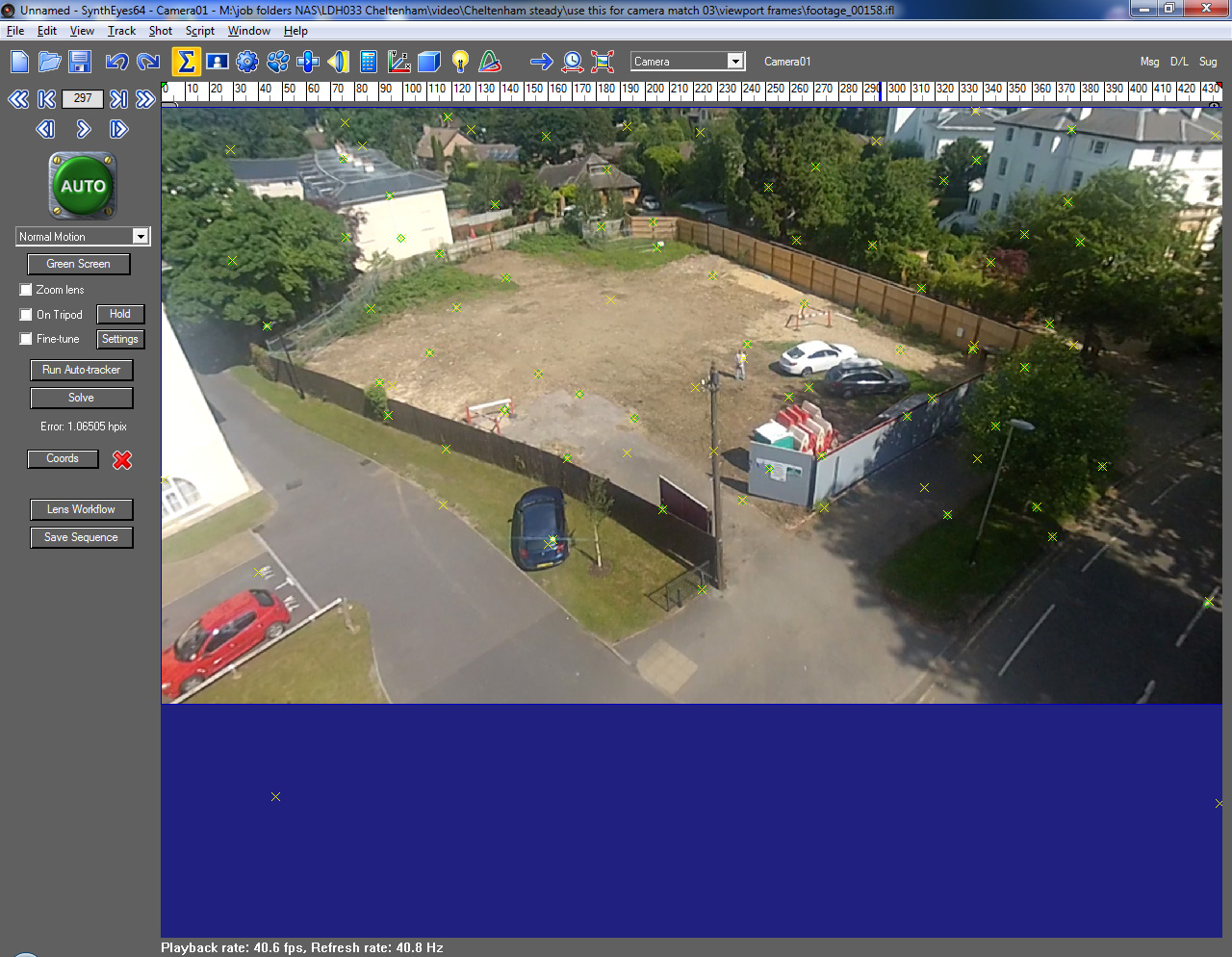Amongst the main weapons in the armoury of developers looking to gain planning consent, the photomontage CGI is proving to be a hit. These images provide a valuable insight into how a development will sit in its true context, and how, hopefully, environmental impact can be kept to a minimum. They’re far more digestible to a planning committee than having to leaf through layer upon layer of 2D plans to work out how everything fits. But there’s more. Now we can add a new dimension to the process by combining cgi to live video – essentially a moving montage that brings another level of detail to the process. Imagine being able to assess the impact of a new development by watching it unfold as you approach along the street, or from the seat of an aircraft?
What does matching CGI to live video involve?
As you can imagine, the process is a little more complicated than a standard photomontage, not least because we have the added problem of tracking the bumpy, unpredictable movement of a real video camera with our virtual camera to ensure the model stays rooted in position at all times.
The process begins with our artists scouring the video file for easily identifiable points – a weather vane, church clock or AC unit on top of a building for example. We need about five points as a minimum (the more the better), and once identified they’re marked on the video using our special software.

yellow crosses indicate tracking points
In this ‘tracking’ mode, we run the video sequence and the software follows the marker points. This creates the path and the movement of the camera automatically. There are a number of adjustments we can make during this time, but the net result is a data file that we can import into our 3D programme, allowing us to create a virtual camera that matches exactly the movement of the real camera in the video.
The rest is fairly straightforward. We render a sequence of frames that match the resolution and length of the video sequence, then overlay the cgi element onto the video using After Effects.
Camera-matched video allows us to exploit cinema-like technology in a practical, useful way, and it’s no surprise that developers are now sitting up and taking notice.
Check out video here:
http://youtu.be/RkvHpjFBpsc?list=UUTk7z5BQ87aspvyauRaq2UQ






